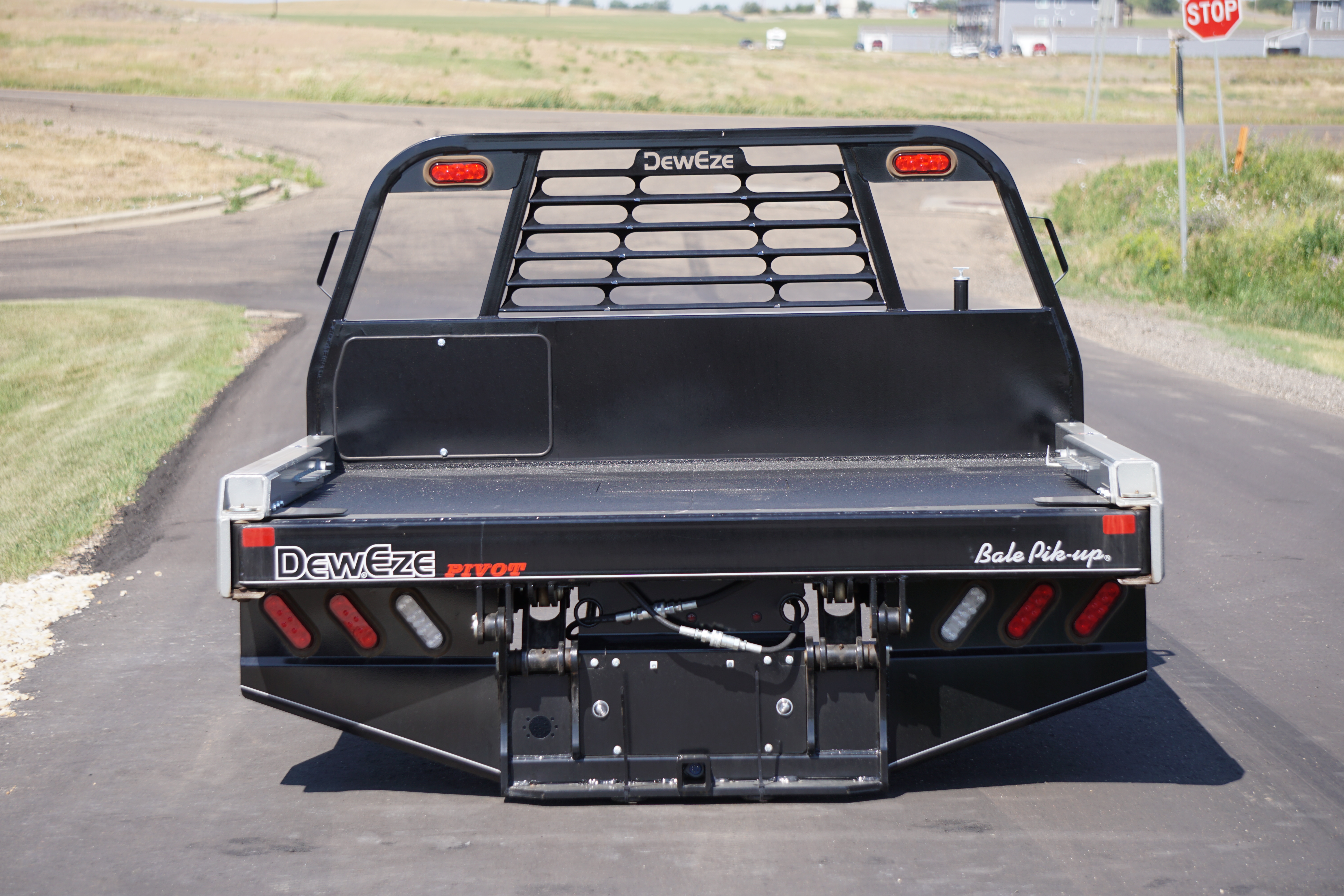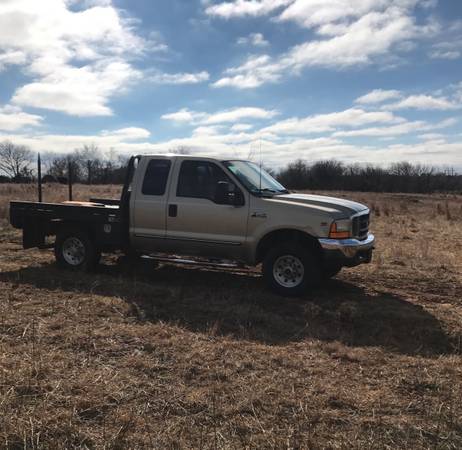Bale Bed Trucks For Sale: Your Comprehensive Guide to Efficient Hay Handling types.truckstrend.com
In the world of agriculture, efficiency and productivity are paramount. For livestock producers, hay growers, and custom balers, the ability to move large quantities of hay quickly, safely, and with minimal effort is not just a convenience—it’s a necessity. This is where the specialized workhorse known as the bale bed truck comes into its own. Far more than just a flatbed, a bale bed truck is an integrated system designed to simplify one of the most labor-intensive tasks on the farm: handling large round and square bales. If you’re looking to streamline your hay operation, investing in a bale bed truck for sale could be one of the smartest decisions you make. This comprehensive guide will delve into everything you need to know about these essential farm vehicles, helping you navigate the market and make an informed purchase.
What Exactly is a Bale Bed Truck?
Bale Bed Trucks For Sale: Your Comprehensive Guide to Efficient Hay Handling
At its core, a bale bed truck is a heavy-duty pickup truck or chassis cab equipped with a specialized flatbed designed for the automated loading, transport, and unloading of hay bales. Unlike a standard flatbed, a bale bed features a robust hydraulic system that operates a set of arms or spears, allowing the operator to pick up bales directly from the ground, lift them onto the truck bed, and secure them for transport. This system also enables easy offloading, often allowing bales to be placed precisely where needed, whether in a feedlot, storage area, or for unrolling in a pasture.
Key components of a typical bale bed include:
- The Flatbed: A reinforced, durable platform built to withstand heavy loads.
- Hydraulic Arms/Spears: The primary mechanism for lifting bales. These can be single or dual arms, or sometimes a central spear. Dual arms are common for their stability and ability to handle various bale sizes.
- Hydraulic Pump and Reservoir: Powers the arms, usually driven by the truck’s engine or a dedicated PTO.
- Control System: Typically a joystick or lever system located in the truck cab, allowing precise manipulation of the arms. Some modern units feature wireless remote controls.
- Headache Rack/Bale Stops: Provides safety and prevents bales from sliding forward during transport.

The genius of the bale bed truck lies in its ability to replace multiple pieces of equipment—a tractor with a loader, a separate trailer, and often, significant manual labor—with a single, highly efficient unit.
Why Invest in a Bale Bed Truck? Key Benefits
The decision to purchase a bale bed truck is often driven by a desire for greater efficiency, safety, and productivity. Here are the compelling benefits they offer:
- Unmatched Efficiency & Time-Saving: The most significant advantage. A single operator can load, transport, and unload dozens of bales in a fraction of the time it would take with traditional methods. This dramatically reduces labor costs and allows more time for other critical farm tasks, especially during peak haying season.
- Enhanced Safety: Eliminates the need for manual lifting or rolling of heavy bales, significantly reducing the risk of back injuries, strains, and other accidents associated with bale handling. The operator remains safely in the cab throughout the process.
- Increased Productivity: With faster turnaround times, you can move more hay in a day, ensuring livestock are fed promptly or that bales are stored quickly to prevent spoilage from weather. For custom balers, this means more jobs completed and greater profitability.
- Versatility Beyond Bales: While designed for hay, the robust flatbed often allows for the transport of other farm equipment, supplies, or materials when the bale arms are retracted. Some models even come with integrated toolboxes or fuel tanks.
- Reduced Hay Loss: The hydraulic arms handle bales gently, minimizing damage and unrolling, which can lead to feed loss. This ensures more of your valuable forage reaches your animals.
- Operational Independence: No need for a separate tractor or loader to assist with bale moving. A bale bed truck empowers a single individual to manage the entire hay logistics process.


Types of Bale Bed Trucks: Finding Your Fit
Bale bed trucks come in various configurations, each suited to different needs and budgets. Understanding these types is crucial for making the right choice:
- Integrated/Dedicated Bale Beds: These are trucks where the bale bed is a permanent fixture, often custom-built onto a truck chassis (typically a 1-ton or larger, dual rear wheel for stability). They offer the most robust and seamless operation, designed for heavy, continuous use. Many manufacturers offer pre-built models or will install their beds onto a customer-supplied chassis.
- Slide-in Bale Beds: These are self-contained units that can be loaded and unloaded from a standard pickup truck bed (e.g., a long-bed 3/4 ton or 1-ton truck). They offer flexibility, allowing the truck to be used for other purposes when the bale bed isn’t needed. However, their capacity and stability might be slightly less than integrated units, and the installation/removal process takes time.
- Arm Configurations:
- Dual Arm: The most common and versatile, using two independent hydraulic arms that swing out to grab bales. Excellent for round bales and can also handle large square bales.
- Single Arm/Spear: Less common for dedicated bale beds, but sometimes seen on lighter-duty units. A central spear pierces the bale, which is then lifted. Can be less stable for very large bales.
- Truck Chassis Size:
- 3/4 Ton (e.g., Ford F-250, Ram 2500, Chevy/GMC 2500HD): Suitable for lighter-duty slide-in units or smaller integrated beds, typically handling fewer or smaller bales.
- 1 Ton (e.g., Ford F-350, Ram 3500, Chevy/GMC 3500HD): The most popular choice for integrated bale beds, especially with dual rear wheels (DRW), offering excellent stability and payload capacity for multiple large bales.
- Medium Duty (e.g., Ford F-450/550, Ram 4500/5500): For operations moving very large quantities of hay or needing additional payload for other equipment.
Key Considerations When Buying a Bale Bed Truck
Whether you’re looking at new or used options, a thorough evaluation is essential.
- Budget: New vs. Used:
- New: Offers warranties, the latest technology, and customization options. Higher upfront cost.
- Used: Significant cost savings, but requires diligent inspection. Potentially higher maintenance costs down the line.
- Capacity Needs: How many bales do you typically move at once? What are their average weight and size (e.g., 4×5, 5×6 round bales, or large square bales)? This will dictate the required truck chassis and bale bed capacity.
- Truck Condition (for used models):
- Engine & Transmission: Check for leaks, unusual noises, smooth shifting. Test drive under load if possible.
- Frame & Suspension: Look for cracks, excessive rust, or signs of overloading.
- Tires & Brakes: Essential for safety and load handling.
- Mileage & Hours: High mileage isn’t always a deal-breaker if maintenance was good, but it’s a factor.
- Bale Bed Condition:
- Hydraulics: Inspect hoses for leaks, cracks. Check the pump for proper function and noise. Operate all hydraulic functions (arms, spinners) to ensure smooth movement and no jerking.
- Structural Integrity: Look for cracks, bends, or poor welds on the arms, frame, and mounting points.
- Control System: Test all switches, joysticks, and remote controls.
- Wiring: Ensure all electrical connections are secure and free from corrosion.
- Maintenance History: For used trucks, request service records. This provides insight into how well the previous owner cared for the vehicle and bale bed.
- Features & Accessories: Consider features like wireless remote controls, integrated bale spinners (for unrolling hay), auxiliary fuel tanks, or toolboxes. While not essential, they can add convenience and value.
- Local Regulations: Be aware of weight limits, licensing requirements, and road restrictions in your area.
- Seller Reputation: Buy from reputable dealers or private sellers with good track records.
Where to Find Bale Bed Trucks For Sale
The market for bale bed trucks is diverse, offering several avenues for potential buyers:
- Online Marketplaces:
- Agricultural Specific: TractorHouse, MachineryTrader, Farm & Ranch Classifieds are excellent resources with dedicated sections for bale beds and hay equipment.
- General Classifieds: Craigslist, Facebook Marketplace often have local listings, sometimes at lower prices directly from farmers. Be cautious and thorough with inspections.
- Dealerships: New and used agricultural equipment dealers (e.g., John Deere, Kubota, Case IH dealers, or specialized truck equipment dealers) often carry a selection of bale bed trucks. They can offer financing, warranties, and after-sales support.
- Auctions: Farm auctions, specialized equipment auctions, and online auction sites can be good places to find deals, but require quick decision-making and often "as-is" purchases.
- Local Classifieds & Word-of-Mouth: Sometimes the best deals are found through local networks or classified ads in rural newspapers. Don’t underestimate the power of asking around at co-ops or feed stores.
Tips for Inspecting and Purchasing
- Always Conduct a Pre-Purchase Inspection: If you’re not mechanically inclined, hire a qualified mechanic specializing in heavy trucks and hydraulics to inspect any used unit you’re seriously considering.
- Test Everything: Drive the truck. Operate the bale bed hydraulics repeatedly. Lift and move some actual bales if possible. Listen for unusual noises, feel for vibrations, and watch for leaks.
- Check for Overloading Signs: Look for sag in the frame, worn tires, or unusual wear patterns on the suspension components, which could indicate a truck that has been consistently overloaded.
- Negotiate: Don’t be afraid to haggle on price, especially for used equipment. Be prepared to walk away if the deal doesn’t feel right.
- Verify Paperwork: Ensure the title is clear, the VIN matches, and you receive a clear bill of sale.
Common Challenges and Solutions
Even well-maintained bale bed trucks can encounter issues. Knowing common problems can help you during inspection and future ownership:
- Hydraulic Leaks: Common due to high pressure and constant movement.
- Solution: Regular inspection of hoses, fittings, and cylinders. Replace worn seals or hoses promptly. Keep hydraulic fluid topped off and clean.
- Weak Hydraulic Pressure: Arms struggle to lift heavy bales.
- Solution: Check hydraulic fluid level and filter. Inspect the pump and relief valve for wear or malfunction.
- Electrical Issues: Controls not responding, lights not working.
- Solution: Check fuses, wiring connections, and ground points. Corroded terminals are a common culprit.
- Structural Fatigue/Cracks: Especially around pivot points or where the bed mounts to the truck.
- Solution: Regular visual inspection. Professional welding and reinforcement if cracks are found.
- Finding Parts for Older Models: Some specialized bale bed components might be hard to source.
- Solution: Research part availability before buying an obscure brand. Salvage yards, online forums, and specialized hydraulic shops can be resources.
Bale Bed Trucks For Sale: Estimated Price Guide
The cost of a bale bed truck can vary significantly based on whether it’s new or used, the truck’s make, model, year, condition, the bale bed’s features, and overall capacity. The table below provides a general estimate, but prices are highly subject to market fluctuations, location, and specific features.
| Type of Bale Bed Truck | Truck Chassis & Key Features | Estimated Price Range (USD) | Notes & Considerations |
|---|
